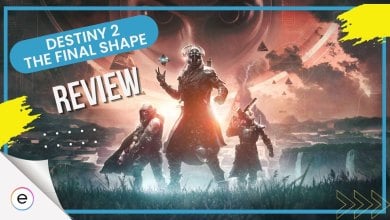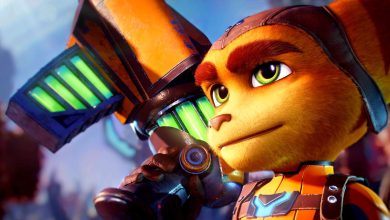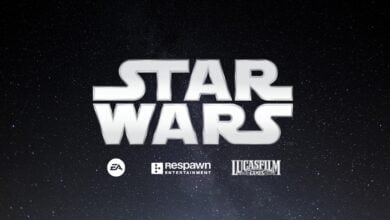TRPGs (or Tactical Role Playing Games) are simulation-based video games that combine elements from general RPGs and imbue tactical elements as turn-based games. TRPGs can often be compared with original RPGs. However, they allow players to experience the same RPG experience but with a twist of strategic thinking, character-controlling, and real-time movement.
- Tabletop role-playing games (TTRPGs) are a great way to tell stories with friends.
- Many different TTRPGs are available, so you can find one that suits your interests.
- To play a TTRPG, you will need a group of players, a game master, and some dice.
- The game master will create the story and guide the players through it.
- The players will control their own characters and make decisions that affect the story.
- TTRPGs can be a lot of fun and can help you develop your creativity and problem-solving skills.
What Are The Most Popular TRPGs?
- Fire Emblem: Three Houses
- The Banner Saga
- Valkyria Chronicles
- Final Fantasy Tactics
- Tactics Ogre
- Jeanne d’Arc
- Fell Seal: Arbiter’s Mark
- Divinity: Original Sin II
- Fire Emblem: The Blazing Blade
- The Disgaea Series
- Suikoden Tactics
History Of TRPGs

Explicit TRPGs take their inspiration from tabletop RPGs such as Dungeons and Dragons(1974), which featured wargame aspects and allowed players to make their characters in a normal fantasy environment.
Furthermore, games like Tunnels of Doom(1982) featured a dungeon crawl system similar to control characters and transitionary games like The Dragon and Princess, which featured random encounters followed by TRPG-style content. Gaming systems like the PC-8001 by NEC were the pioneers of the groundwork for TRPGs.
Purely TRPGs were laid down by Nintendo when Fire Emblem: Ankoku Ryū to Hikari no Tsurugi(1990) on the NES Famicom. Japanese TRPGs were introduced to the Western media with the introduction of Fire Emblem: The Blazing Blade(2003) as well as Final Fantasy Tactics(1998)
Early TRPGs By Competitors

Alongside Nintendo, inspirations were taken by Langrisser(the 1990s) for SEGA systems which competed with the original Fire Emblem series. A few small changes to the grid system by SystemSoft by introducing Master of Monsters(1988) using hexagon-shaped grids.
Sega’s release of Shining Force(1992)a and Ogre Battle: March of The Black Queen(1993) featured real-time aspects in TRPGs and introduced the alignment system. As systems advanced, titles like Vandal Hearts(1996) and Guardian War(1994) were brought to life.
The early 2000s brought Sakura Wars 3, which used free player movement but limited numbers instead of the usual grid system. Systems like the Nintendo DS released Radiant Historia(2010) brought back the grid system and combo attacks to TRPGs.
TRPGs vs. RPGs
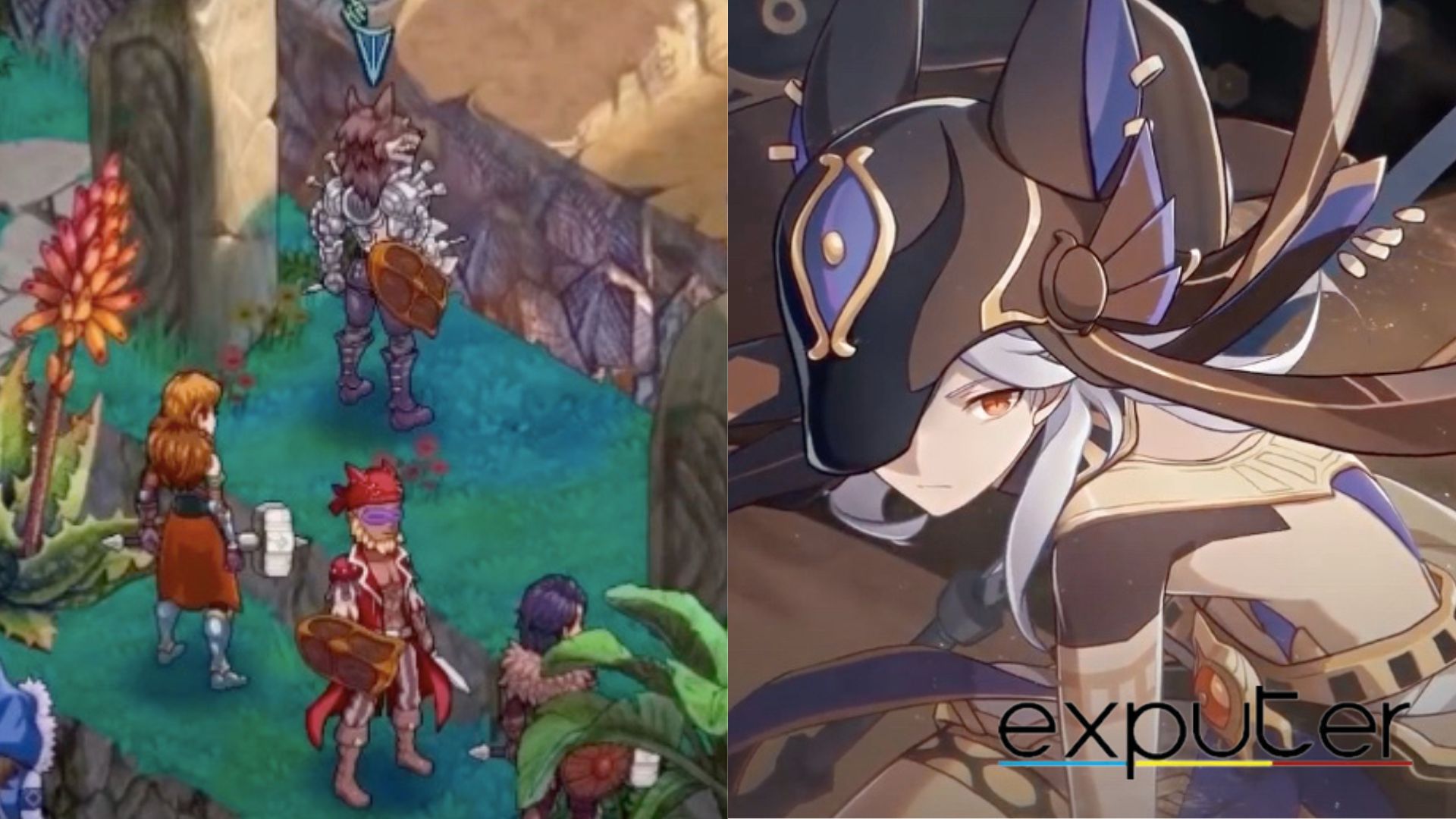
TRPGs were introduced as a combined genre and thus naturally share similarities with traditional RPGs such as party combinations, mob fighting, etc.
However, clear differences can be seen, such as:
- Strategy: RPGs feature exploration and strategic elements, while TRPGs use an isometric grid system for 3D representation.
- Freedom of Movement: Traditional RPGs allow free movement on the battlefield, while TRPGs limit players to specific tiles with minimal mobility.
- Single-player: Many TRPGs are primarily multiplayer, like Final Fantasy Tactics, while some, such as Genshin Impact, emphasize single-player aspects despite offering Co-Op.
- Exploration: Traditional RPGs offer open-world environments with vast lands and dungeons, emphasizing freedom of movement, while TRPGs focus more on intense battles.
- Storyline: Most RPGs will focus on a storyline, with character backgrounds and rich lore, while most TRPGs will simply be focused on battle.
Similarities Between TRPGs/RPGs/SRPGs

While differences exist between genres, it’s clear as a day that TRPGs are just a sub-genre of RPGs and SRPGs and follow a similar step of similarities.
- Party Combinations: All genres will typically have the same party combination system, whereby players are made to align team combinations, switch between parties and characters, and use them in combat.
- Advancements: Leveling up and gaining XP are also typically kept similar between famous TRPGs and RPGs.
- Gear: Equipping gear such as runes, artifacts, weapons, armor, and more are almost always kept consistently throughout the genres.
- Critical Thinking: Most RPGs involve a certain amount of critical thinking skills when planning moves against enemies, taking them down, and aiming to win battles.
How A TRPG is Made Good
While general RPGs solely focus on aspects like lore, extreme graphics, and overall environment, TRPGs focus on aspects like core strategy, minimal movement, and positioning of players across the combat field. The 3 C’s practically rule good TRPGs, choice, combat, and consequences.
Choice
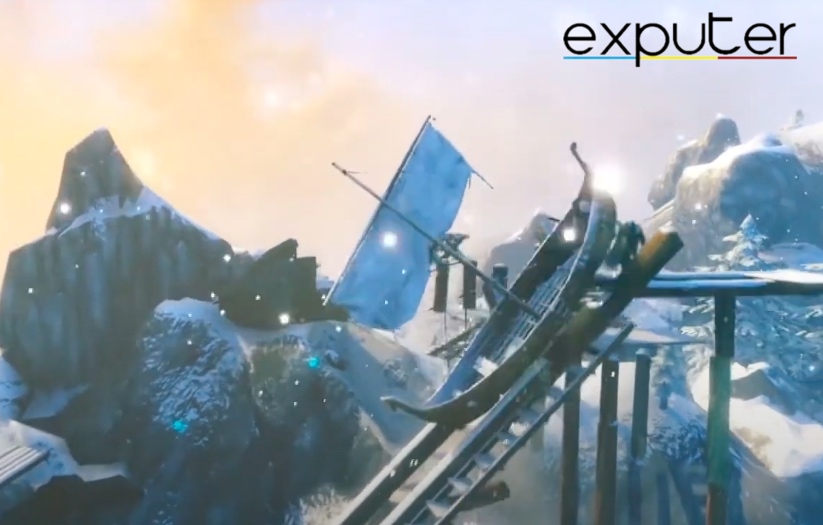
Games, according to Warren Spector, create a “possibility space” where players make choices with meaningful consequences. In titles like Valheim, player freedom leads to endless possibilities and intricate creations. Games like Final Fantasy Tactics offer diverse professions and class systems, allowing players to define their style through pre-builds or personal goals, giving them the upper hand in gameplay.
Combat
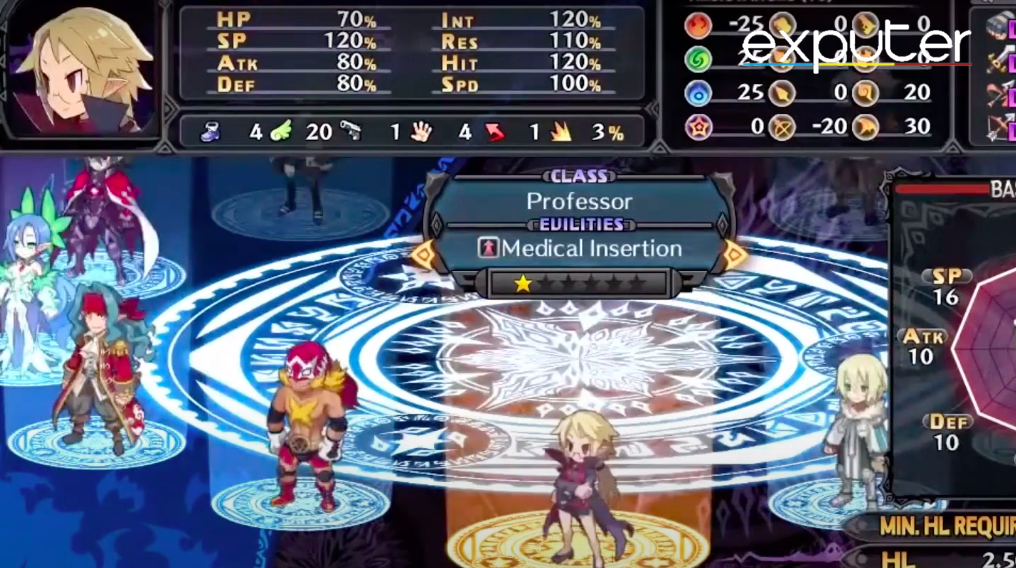
TRPGs commonly involve players selecting party members, strategizing, and engaging in battles on an isometric grid. Games like Disgaea emphasize extensive class systems.
- Turn-based combat in TRPGs allows for in-depth strategies, offering players choices during their turns.
- The variety of systems prevents player disengagement, as limiting them to one attack type would lead to a quick loss of interest.
- While specific attacks and enemy resistances are standard, games like Battle Brothers and Fire Emblem empower players with strategic choices.
- Divinity Original Sin 2 enhances customization, allowing players to create characters with unique races, genders, and stats.
The combination of combat tactics and choices results in a fresh experience in each battle, involving positioning, firing enemies, and more.
Consequences
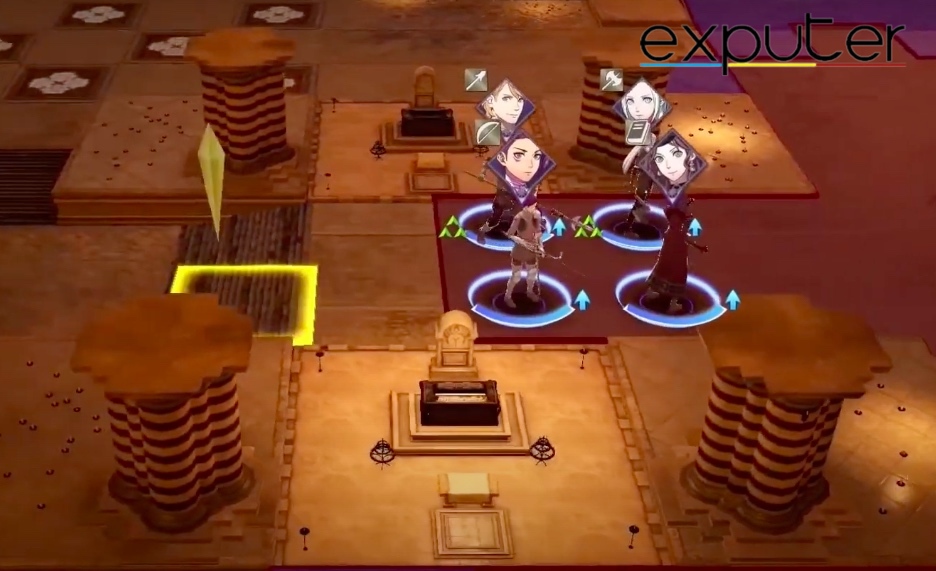
In combat choices, the concept of “Permadeath” often emerges in many TRPGs. Permadeath means a character becomes unusable upon losing all health, leading to two narrative aspects: the character’s uselessness and the need to create a new unit or respawn system.
- Permadeath results from poor execution, positioning, strategies, and enemy advantage.
- Fire Emblem exemplifies this with its emphasis on precise positioning; one wrong move can lead to character loss.
- The frustration factor is exploited in games like Fire Emblem, where losing characters force players to reload and grind to preserve key characters tied to the main storyline.
Diversity
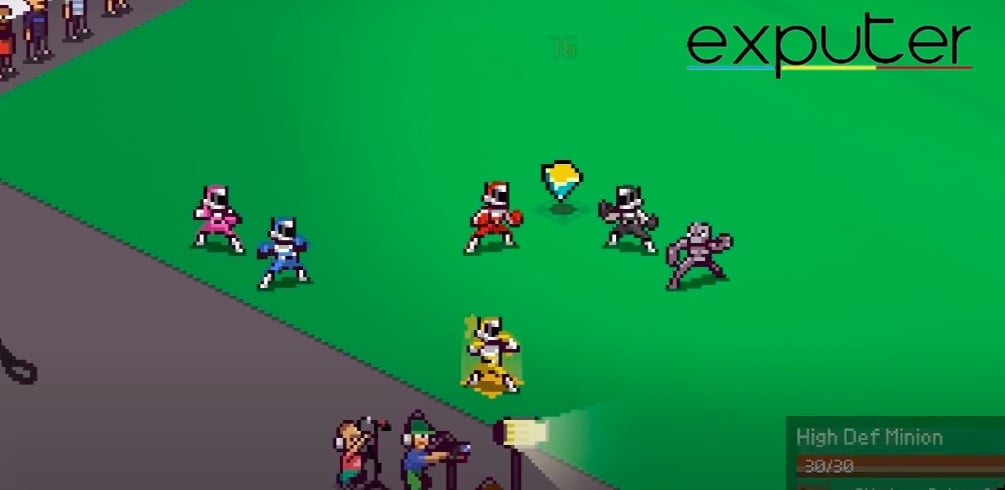
Another aspect is diversity; while tangled into the same turn-based aspect, TRPGs take on a different experience every time. Advance Wars offers a health system whereby the higher the damage taken by players, the less their damage output will be. Still, the option to attack an enemy is always available.
Compare this to XCOM: Enemy Unknown, where players protect themselves with the cover but have to position themselves rather than fully rely on stealth.
Balance
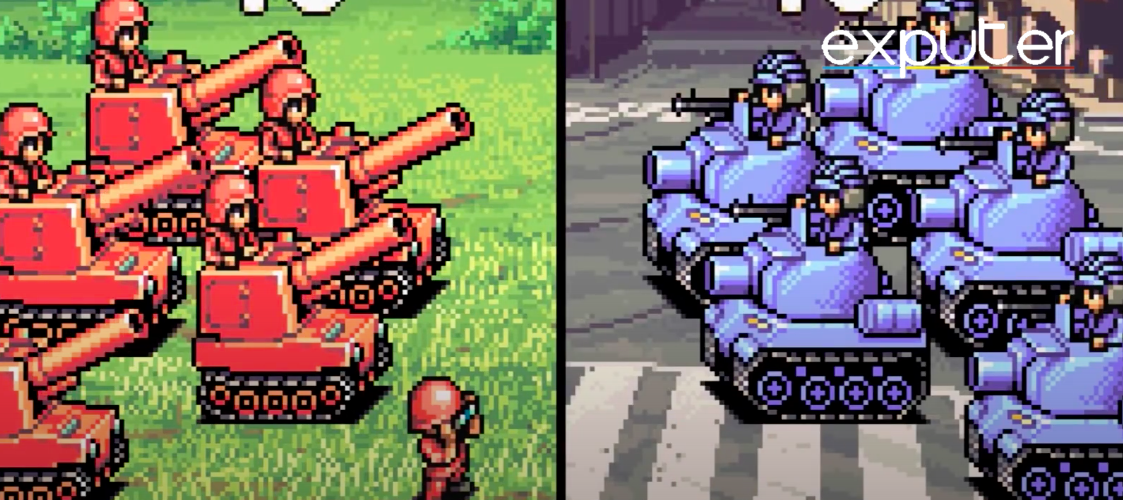
Where retro TRPGs are solely focused on tile-based systems, more modern TRPGs allow players to move further distances than accounted for, such as in Mario + Rabbids Kingdom Battle, where the use of super jump allows players to reach further enemies.
Tiered Movement System
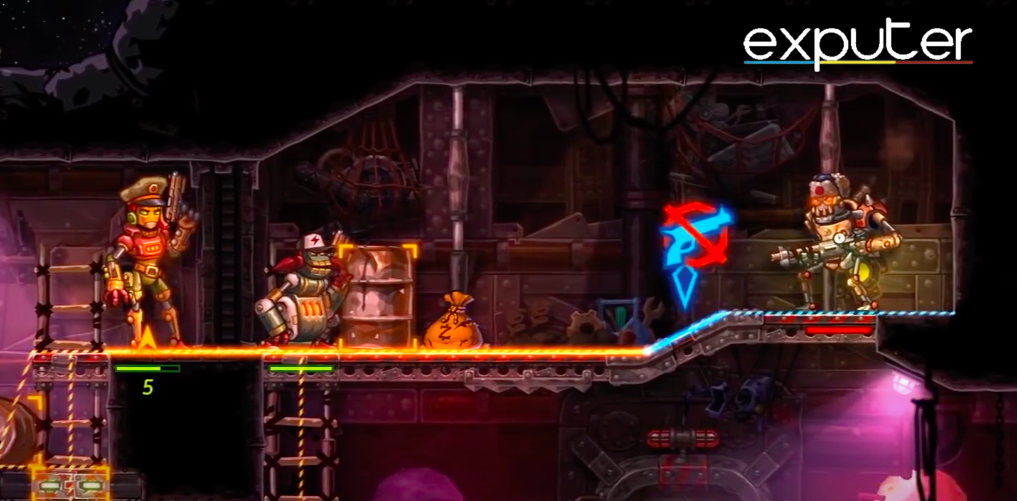
While greater distances allow for further reach, characters shouldn’t be made overpowered in movement. Therefore, the use of a tiered movement system is often used.
It will make players move across tiers and/or tiles and not let the player launch the attack until and unless they are at a certain distance or close to the enemy.
Rewind System
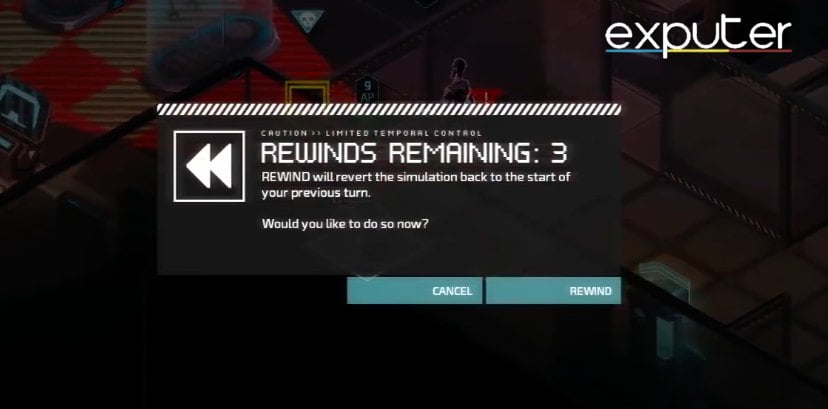
Character deaths become inevitable in games that rely solely on stealth and proper positioning, and it might seem unfair; therefore, the rewind system is put in place. Games like Fire Emblem account for proper strategy but ensure that the player doesn’t entirely lose their character; hence give them a rewind button to make the character come alive again.
The rewind system follows many other games that will allow players to head back to the start of their turn.
Combined Tactics
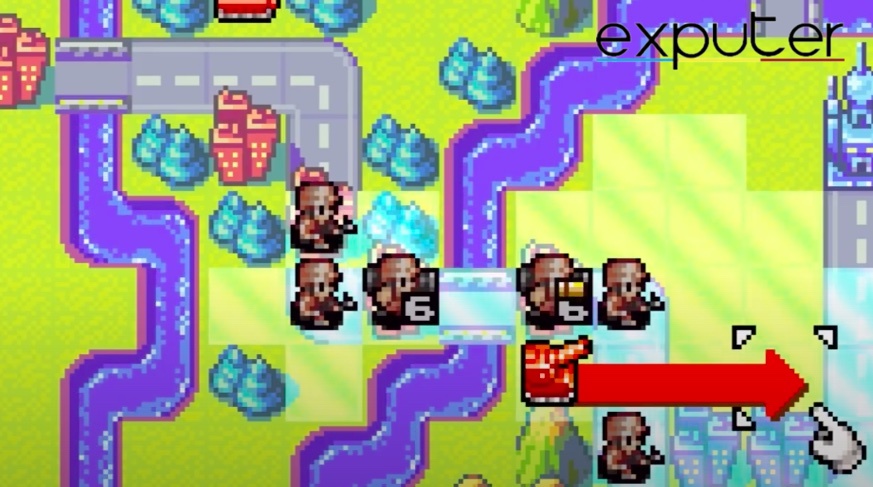
While tactical thinking is used for every character in TRPGs, many tactical wargames such as Advance Wars will focus on entire armies rather than individual characters; one wrong move by the entire army and you’re made for.
However, allowing players to purchase replacement units and build structures in return for money will focus players toward combined efforts to take over armies rather than defeating each unit.
Speed
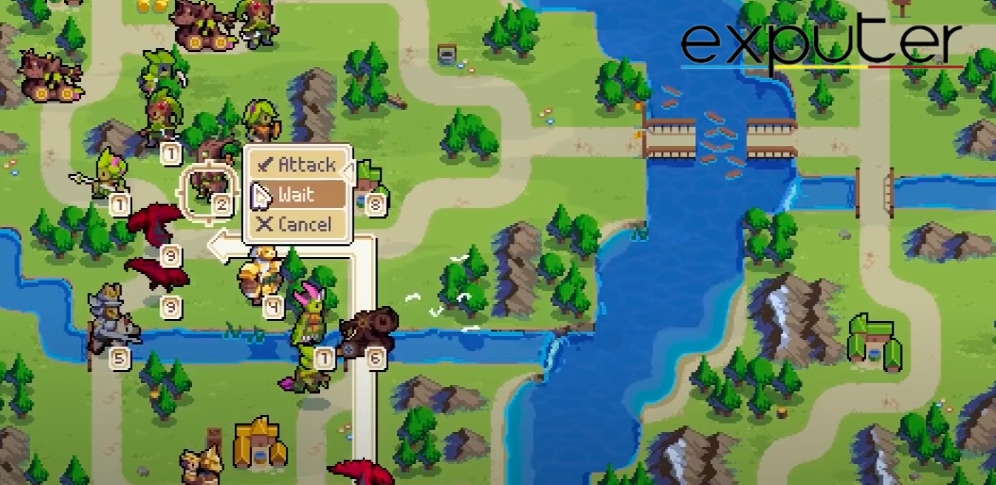
Retro TRPGs have a track record of being strung out, lengthy and slow in progress with each level, while games like Wargroove will have the option to get rid of battle animations and make enemies move faster with the click of a button.
Health boosters, difficulty sliders, and difficulty options are excellent add-ons that players can rely on for easy playability. At the same time, difficult bonus missions and lethal and permadeath levels are perfect for hardcore players.
Rewards
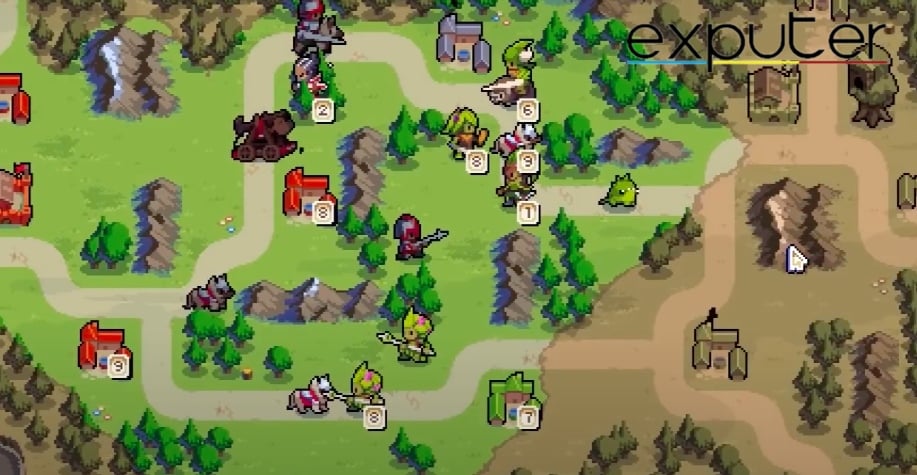
Considering the difficulty of TRPGs, games like Into The Breach force players to think outside the box and strategize, such as making your opponent stand on top of enemy spawns to take the damage instead.
Things like ultimate abilities locked with a cooldown, special skills, and bursts that are to be used a few times or once every turn or battle force players to plan out every move in advance, and with the increased punishments, anytime the player wins, it feels immensely rewarding.
Why TRPGs Aren’t Extremely Popular

While TRPGs have an excellent game design, some key factors render the popularity of TRPGs useless:
- Combined Genre: Firstly, while combining an RPG and a tactics genre might seem enticing, the player base who will equally enjoy both genres at the same time is vastly less as compared to player bases enjoying tactics and RPGs separately.
- Extreme Strategy: Some players might enjoy the strategy aspect of TRPGs, but TRPGs will often have extreme strategic moves that might not be enjoyed by the majority of the player base.
- Slow Progression: As mentioned before, slow progression seen in retro TRPGs has followed suit, making it extra time-consuming.
One such example is XCOM 2, one of the biggest modern TRPGs, whose playerbase dropped from around 130,000 to just over 4000 peak players in the last month.
There’s also growing competition and lack of innovation in the genre since, in 2023, there are more than 10 new JRPGs released every month. Most of these new titles focus on creativity, have huge marketing, and lead franchises that TRPGs, unfortunately, simply can’t compete against.
As TRPGs evolve, a few questions arise in people’s minds, such as the following:
Frequently Asked Questions About TRGPs
RPGs such as Genshin Impact completely strip away from the isometric grid system and focus heavily on lore, environmental graphics, and sheer exploration. In contrast, TRPGs focus more on battle strategies and critical thinking. It depends on the player and what genre they are willing to try out.
Retro TRPGs used to be supported by the NES systems as well as the SEGA systems. Recently, nearly every platform, such as Windows, Mac, Xbox One, Xbox Series X/S, PS4, PS5, and even the Nintendo Switch, support a select few TRPGs.
TRPGs may focus on being tabletop or turn-based, but not necessarily always. Games like Bokosuka Wars(1983) have been known to experiment with an SRPG, Prototype real-time strategy, tower defense, and ARPG genres while being a TRPG by name.
Thanks! Do share your feedback with us. ⚡
How can we make this post better? Your help would be appreciated. ✍
